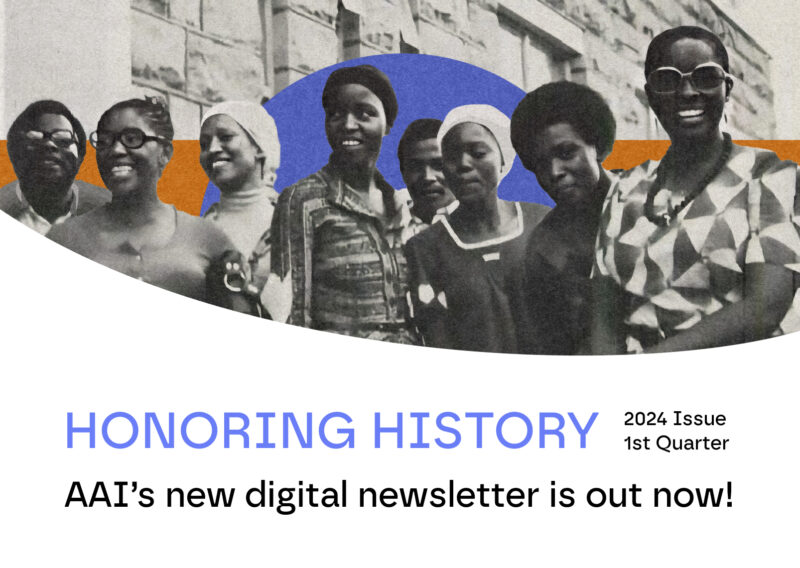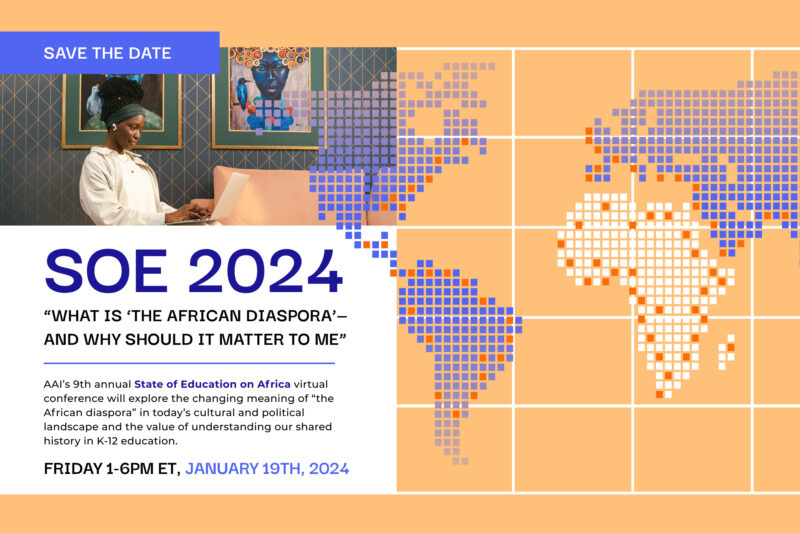Making a Case for Technical and Vocational Education and Training in Africa’s Education Debate
By Lebogang Mokwena
This is the first installment in a series of articles on technical and vocational education and training in Africa.

Students at he Windhoek Vocational Training Centre in Khomasdal learn how to repair an engine. Photo credit: World Bank Photo Collection / Foter / CC BY-NC-ND
Across the African continent, much of the debate concerning education and its reform has revolved around ensuring universal primary access. With this emphasis, as well as the growing prominence of knowledge economies, universal primary access to education coupled with the strengthening of higher education systems, have largely crowded out conversations about technical, vocational, and occupationally-directed education and training.
Technical and vocational education and training (TVET) has, in many parts of the continent, suffered from the unfortunate colonial legacy, which relegated many Africans to low-ranking manual labor while settler populations benefitted from largely non-manual and invariably better paying jobs in the formal economy. With this negative association of TVET, coupled with a global convergence on boosting primary schooling enrollments, few African countries have historically placed technical and vocational education and training at the center of their national education systems.
However, one of the lessons learned in the wake of the recent global economic crisis has been the close association between economic resilience and robust TVET systems. With countries like Germany, Austria, and Switzerland with robust technical and vocational sectors exhibiting higher levels of resilience to the crisis, new questions have emerged about the fundamentals for sustainable economies, and most pertinent for our discussion, about pursuing educational diversification.
At the international policy level, the post-2015 Education for All agenda seems set to encourage the expansion and diversification of education systems with a sharper focus on post-basic and tertiary education provisioning, life-long learning and, most importantly, skills for work and life. This includes, among other things, formal and non-formal TVET that is relevant to national and global labor markets. This is a welcome reprioritizing and one that bodes well for rethinking, indeed for mainstreaming TVET within, various countries’ education systems in Africa.
Additionally, the diversification of education systems has the potential to complement national development strategies through a simultaneous response to skills gaps in the economy, particularly in technical fields, and to human development deficits. A concerted human and general development strategy centered on quality and accessible education, training, and skills development, and linked to (but not necessarily determined by) industrial and economic development priorities has the potential to move donor agendas, government policy, and industry investment in the direction of a mutually reinforcing cycle to help drive economic growth.

Nyanza Vocational training centre in Rwanda teaches sewing as part of their curriculum. Photo credit: noodlepie / Foter / CC BY-NC
Technical and vocational education and training is not the panacea for Africa’s poor economic and human development performance, particularly in a context where countries have poor (if any) qualification frameworks, quality assurance mechanisms, and limited fiscal resources to respond to their many competing development needs. In fact, mainstreaming TVET not only requires extensive state resources to “re-brand” TVET, but also appropriate education and training facilities with an emphasis on practical application and extensive curriculum reform. It also necessitates a different kind of state capacity, notably, the ability to facilitate and foster new partnerships between industry and public training institutions or at least provide the policy incentives for such relationships to emerge. Without state intervention, young people’s transition into the formal world of work will remain a challenge and one whose resolution remains a matter of chance rather than a concerted effort and design on the part of multiple social actors.
The effect of adopting this lens when talking about TVET enables us to see the classroom and the workplace as not just a single continuum but a cyclical approach to learning, which invariably beckons us to enter into a conversation about how the world of work can transform into a learning and training space.
Making a case for TVET is ultimately about setting a challenge not just for educational reform, but also for experimentation and innovation. It is also an invitation to enter into multi-actor alliances, spanning the public, private, and non-governmental sectors with the view of improving livelihoods and outcomes for citizens, especially youth. No other intervention will alter the largely negative perceptions that youth and the public generally hold of TVET than more opportunities to secure employment or pursue viable entrepreneurial activity.
Lebogang Mokwena previously served as the Director of Youth Development Programmes in the Vocational and Continuing Education and Training (VCET) Branch, South Africa’s Department of Higher Education and Training. A Mandela Washington Fellowship alum, Mokwena is currently a graduate student at the New School for Social Research.



